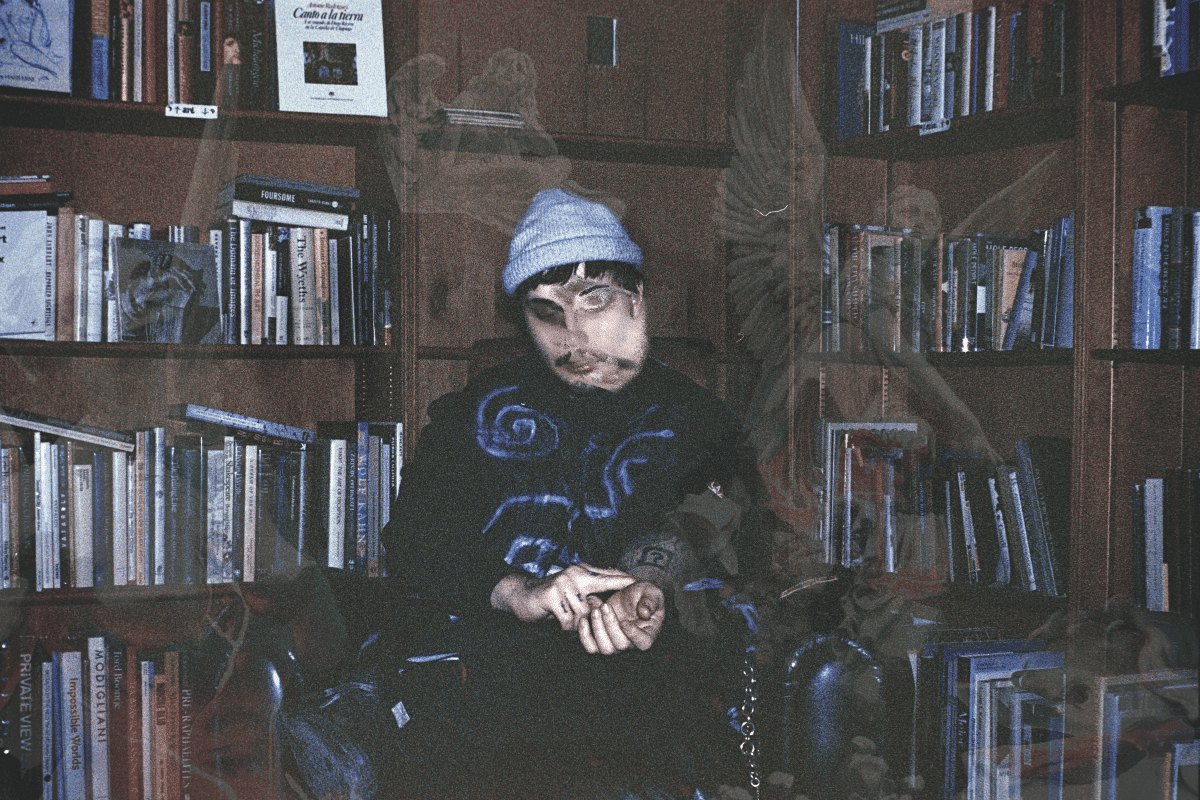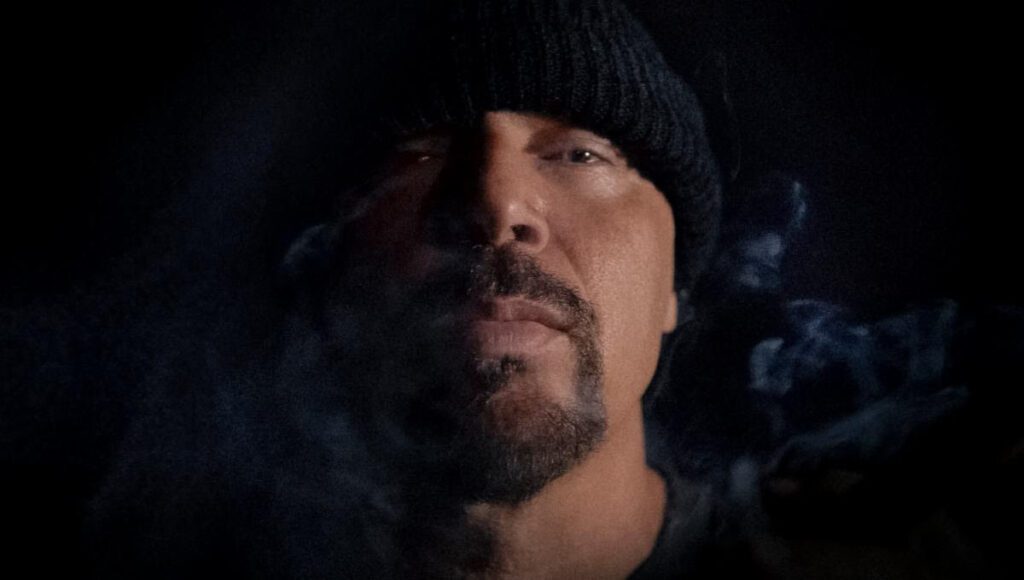South African producer and label owner Rose Bonica has released her debut album, Tears For The Tea Maker. Having made her Boiler Room debut alongside performances in Berlin and launching her own label, Roses Are Red, one of the few female-owned labels in South Africa, Bonica is gathering steam for a big album push.
The album is a cohesive 13-track blend of at times strange ambient electronica, percussive and uptempo dancefloor tracks like "Are My Cries Worth The Crystal" or glitchy, experimental songs that warp her voice around noise and drums.
All of this took time to shape with various pieces of equipment that helped create the sounds on this record. We asked Bonica to go in-depth and explain how her gear was used to make this album for a new How It Was Made feature.
Listen to Tears For The Tea Maker now and pick up a copy here.
1. Microkorg XL

Microkorg XL
Rose Bonica
The Microkorg XL is my favorite piece of equipment in my studio and the first synth I ever used. It is uncomplicated and easy to use. It always does exactly what I want it to do. If I’m stuck in a creative block I know that I can always count on this little guy to get me out. It’s dirty and has mad saturation which I love for basslines and arpy type kicks. It was only recently that I started to use the vocoder a lot of more and it’s now my favorite thing on the synth. All the vocoder and looped vocals on the album were made using the Microkorg XL.
2. Korg Minilogue

Korg Minilogue
Rose Bonica
I love using the Korg Minilogue when I am feeling emotional. The chords you can make with it are huge and I’ve personally found it difficult to not sound like I’m going through a lot when playing anything on it. It always sounds so dramatic to me and I have made some of my most melodic music using this piece of equipment. The title track from my album Tears for the Tea Maker was made using the minilogue and it gives me goosebumps every time I listen to it.
3. Roland EM-20

EM-20
Rose Bonica
The Roland EM-20 was originally an under appreciated adolescent gift from my parents. I got it when I was 13 and its sole purpose was collecting dust until I began exploring music production seriously. When I started making music I fetched it from their place, dusted it off and used it as a midi keyboard. It has only been in the last year that I have fully embraced the sounds it makes. My favorite presets are the drum and the bass presets. "Destitute" was made mostly using the Roland EM-20 and it’s one of my favorite tracks on the album.
4. Audio-Technica AT2020

AT2020
Rose Bonica
I've tried using stage mics to record my vocals but I always find myself running back to this condenser mic. I love being able to hear a bit of breathing and popping with my vocals and this mic picks it all up beautifully, giving everything a very ASMR feel. I recorded the majority of the vocals from my album using this mic.
5. Ableton – resample!

Rose Bonica
I love the freedom that resampling allows in music. I have probably resampled nearly every instrument, vocal and drum pattern in the whole album. Resampling is my favorite thing about Ableton, if my drums need some swing I resample them, if I want my synths to keep driving I resample them, if I want to add effects to my vocals I resample them. It is probably why I’m continuously running out of space on my drives but it’s how I’ve made some of the best mistakes. I’ve got a folder called "Sampling Treasures" that I revisit all the time. I still use things I made and resampled from 3 years ago.











